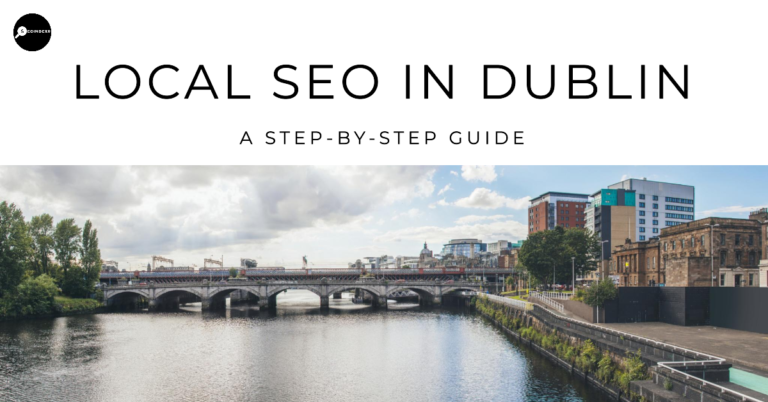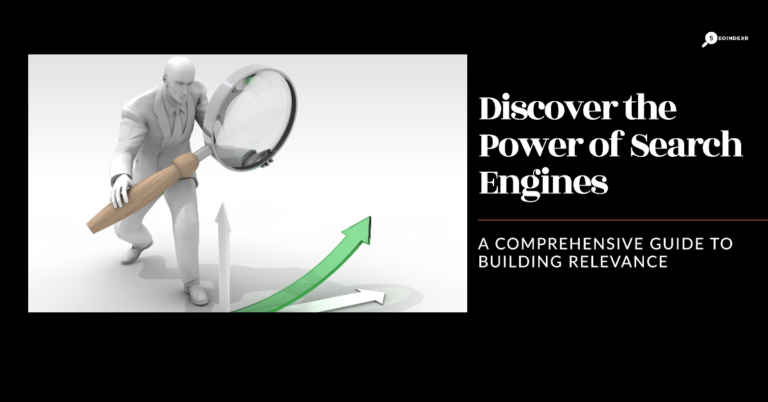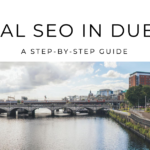On-page SEO refers to the optimization of individual web pages in order to rank higher and earn more relevant traffic in search engines. This includes optimizing content and HTML source code, and making sure that your website is structured in a way that makes it easy for search engines to understand the relevance and context of your pages.
Table of Contents
ToggleWhich on page element carries the most weight for seo ?
There are several on-page elements that are important for SEO, including the title tag, meta description, and header tags (H1, H2, etc.). However, the most important on-page element for SEO is likely the content of the page itself, as search engines use the content of a page to understand the relevance and context of the page, and how it relates to the query being made by a user. High-quality, well-written, and keyword-optimized content can help to boost a page’s search rankings and drive more traffic to the site.
The Importance of Keywords
One of the key elements of on-page SEO is the use of relevant keywords throughout the content of the page. This includes using keywords in the page title, meta description, header tags, and throughout the body of the content. By including relevant keywords, search engines will be able to understand what the page is about and how it relates to the query being made by a user.
The Role of HTML Source Code
Another important aspect of on-page SEO is the structure of the HTML source code. Search engines use various elements of the source code, such as header tags (H1, H2, etc.), to understand the hierarchy and importance of the content on the page. By using header tags properly and creating a logical structure for your content, you can help search engines understand the context of your pages.
Optimizing Technical Elements
On-page SEO also includes the optimization of website’s technical elements, such as website loading time, mobile-friendliness, URL structure and Site architecture etc. It is also important to make sure that your website is mobile-friendly, as more and more users are accessing the internet via mobile devices. Google has started to prioritize mobile-friendly websites in search results, so it’s essential to make sure that your website is optimized for mobile users.
Internal Linking
On-page SEO also includes internal linking to other pages of your website which helps to distribute link equity and page authority to other important pages. It also helps to show the Search engine crawler the important pages of your website.
In summary, On-page SEO refers to the optimization of the content and HTML source code of individual web pages to rank higher in search engines and drive more relevant traffic. By using relevant keywords, structuring your HTML source code, optimizing your website’s technical elements, creating a logical site architecture and internal linking, you can improve the visibility of your pages in search engine results and ultimately drive more traffic to your site.
Optimizing Images
Images also play an important role in on-page SEO. By using relevant, descriptive file names and alt tags, you can help search engines understand the content of your images and how they relate to the rest of your page. Compressing and resizing your images can also help to improve the load time of your pages, which can help with both SEO and user experience.
Creating Quality Content
One of the most important aspects of on-page SEO is creating high-quality, well-written, and keyword-optimized content. This content should be relevant to the topic of the page and provide value to the user. Search engines prioritize pages that have high-quality, relevant content and will typically rank them higher in search results.
Monitoring and Measuring Success
On-page SEO is an ongoing process and it is important to continuously monitor and measure the success of your optimization efforts. You can use tools such as Google Analytics to track your website’s traffic, bounce rate, and conversion rate, and make adjustments to your optimization strategy as needed. Additionally, you can track the ranking of your pages for specific keywords using tools such as Google Search Console.
In conclusion, on-page SEO is a complex process that involves optimizing various elements of your web pages to improve their visibility and ranking in search engine results. By using relevant keywords, structuring your HTML source code, optimizing technical elements and creating high-quality content, you can improve the search engine rankings of your pages and drive more relevant traffic to your site. However, it’s also important to monitor and measure the success of your efforts and continuously make adjustments to improve the performance.
Conclusion
In conclusion, on-page SEO is the process of optimizing individual web pages in order to rank higher and earn more relevant traffic from search engines. This includes optimizing content and HTML source code, as well as making sure that the website is structured in a way that makes it easy for search engines to understand the relevance and context of the pages. By using relevant keywords, creating high-quality and well-written content, optimizing technical elements and images, creating logical site architecture and internal linking, and monitoring and measuring the success of your efforts, you can improve the visibility of your pages in search engine results and drive more relevant traffic to your website. It is an ongoing process that requires continuous monitoring and adjusting to see the best result.









